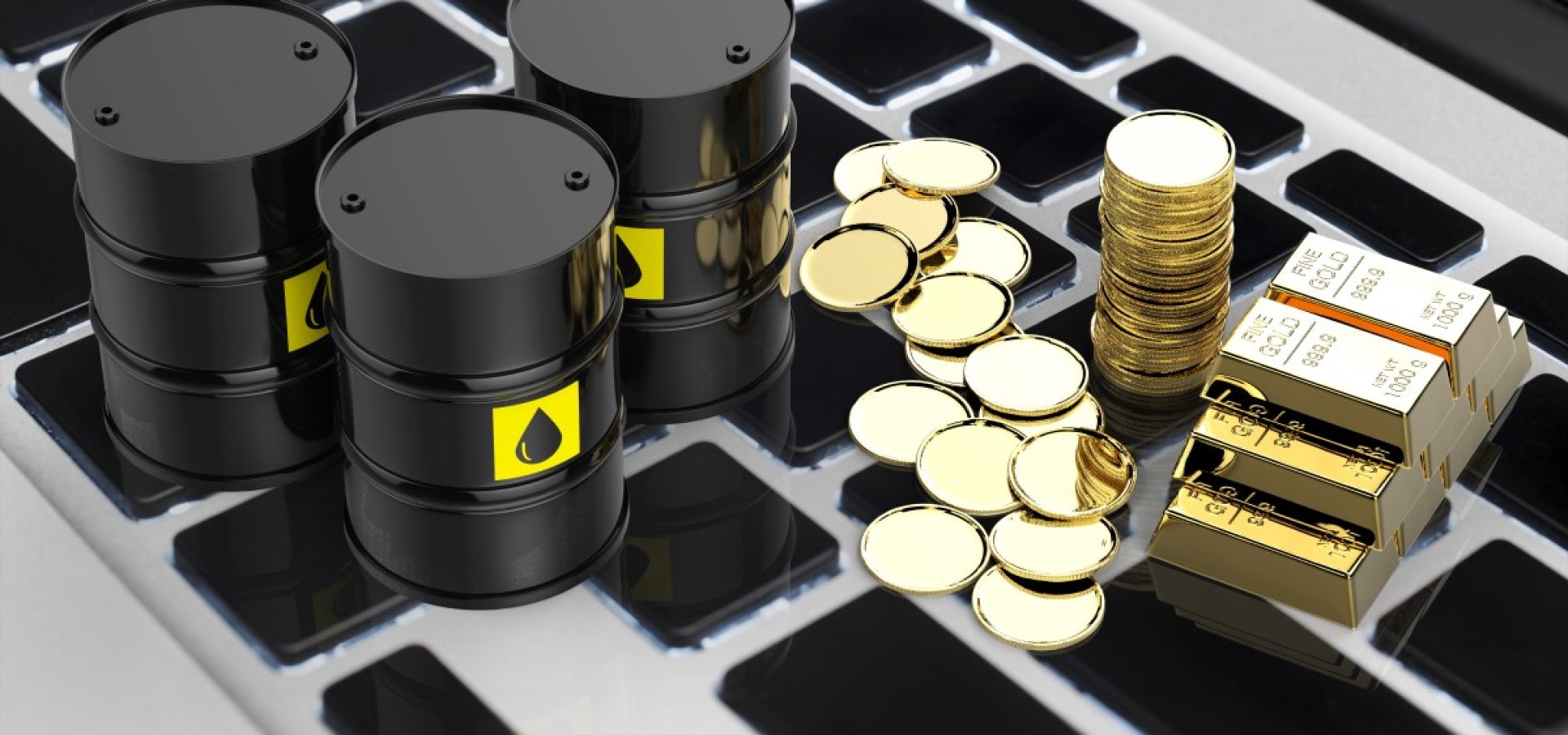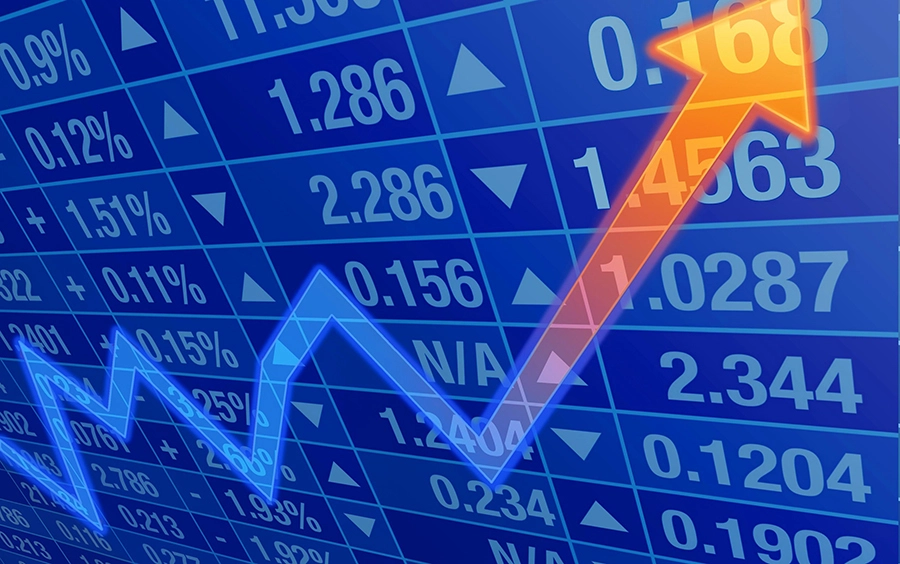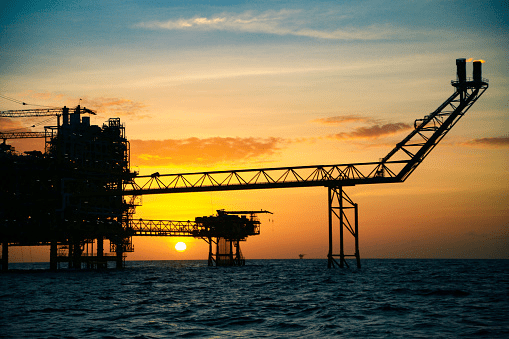Commodities such as iron ore, fossil fuels, precious metals, and livestock are raw materials that drive global economic development and provide sophisticated investors with unique trading opportunities and profit from changing prices.
If you do well, commodity trading can generate substantial returns and add diversification to your investment portfolio. But investing in commodities requires more professional knowledge and may take more risks than more well-known investments.
Compared with traditional stock trading, the tone of commodity trading is slightly different.
What factors influence commodity prices?
The number of factors affecting prices and commodity trading views is more diverse and extensive. The following are several factors that determine the trajectory of your commodity trading:
- For most agricultural products, the most critical factors are demand and supply. Usually, a surge in demand (such as demand for commodities from China) or a sudden supply shortage will cause the price of agricultural products to rise.
- Currency fluctuations are another essential factor affecting commodity prices. Since most commodities are priced in U.S. dollars, the value of the U.S. dollar index has too much influence on commodity prices.
- Inflation is one of the critical factors affecting commodity prices. Usually, proper inflation is a sign of a strong economy, which leads to a rebound in demand for goods. This is true for most agricultural products and metals.
The U.S. and global data flow are vital. Macro data in the form of Fed interest rate actions, employment data, production data, manufacturing and service purchasing managers’ index data, and the positions of central banks of various countries all impact commodity prices.
Certain commodities are affected by bulk demand and supply. For example, all industrial metal prices are affected by Chinese demand, which accounts for 50% of consumption. Similarly, OPEC’s actions and U.S. inventories will also have an impact on crude oil prices.
How to trade commodities
There are several different ways to trade the commodities in your portfolio, each with advantages and disadvantages.
Trade with commodities Futures
The most well-known way for commodity trading is to buy and sell contracts on a futures exchange. The way it works is that you reach an agreement with another investor based on the future price of the commodity.
You do not transfer physical commodities at the end of the contract but close your contract by establishing an opposite position through the spot trading market.
If the spot price is eventually higher than the contract price, you will profit, and you will lose if it is lower than this price.
On the other hand, if you sign a futures contract to sell oil, you make money when the spot price drops, and you lose money when the spot price rises. At any time, you can close your position before the expiry date of the contract.
To invest in futures trading, you need to set up an account with a professional brokerage account that provides these transactions.
Physical Commodity Purchases
When you trade futures contracts, you are not buying or selling physical commodities themselves. However, note that the futures are just bets on price changes. Futures traders don’t accept millions of barrels of oil or hordes of live cattle.
However, for precious metals such as gold and silver, individual investors can own physical commodities such as gold bars, coins, or jewelry.
These investments give you access to commodity gold, silver, and other precious metals and let you feel the actual weight of the investment. But speaking of precious metals, transaction costs are higher than other investments.
Commodities Stocks
Another option is to buy stocks in companies involved in commodities. For oil, you can purchase stocks in oil refining or drilling companies; for grains, you can purchase large agricultural companies or companies that sell seeds.
These types of stock investments follow the price of the underlying commodity. If oil prices rise, their profits should be higher, so their stock prices will also increase.
Investing in commodity stocks comes with more negligible risks is minor than investing directly in commodities. That’s because you are not just betting on commodity prices. Even if the commodity itself depreciates, a well-run company can still make money. But this is two-way.
Although higher oil prices can help oil companies’ stock prices rise, other factors include company management and total market share. If you are looking for an investment that can perfectly track commodity prices, buying stocks is not an exact match.
Commodity ETFs, mutual funds and ETNs
Next, we have commodity-based mutual funds, exchange-traded funds (ETF), and exchange-traded notes (ETN). These funds combine the funds of many small investors to build a large investment portfolio that attempts to track the price of a commodity or a basket of commodities. The fund might purchase futures contracts to track prices or invest in the stocks of different companies with commodity exposure.
Compared to building your portfolio, you can get a wider variety of products with only a tiny investment. In addition, you will have a professional investor to manage your investment portfolio.
However, if you invest yourself, you will need to pay additional management fees to the Commodity Fund. In addition, depending on the fund’s methodology, it may not track commodity prices perfectly.
Commodity pools and custody futures
Commodity pools and managed futures are private equity funds that can invest in commodities. They are like mutual funds, but many are not publicly traded, so you need approval to buy the fund.
These funds can use more complex trading strategies than ETFs and mutual funds, which are likely to achieve higher returns.
Is commodity trading a good idea?
Commodity investment is the most suitable strategy for sophisticated investors. Before making any transactions, you need to understand commodity price charts and other forms of research carefully.
Because market price fluctuations can lead to huge gains and losses, you also need a high-risk tolerance, which means you can withstand short-term losses to pursue long-term gains. If you do invest in commodities, it should only be part of your total investment portfolio.









COMMENTS